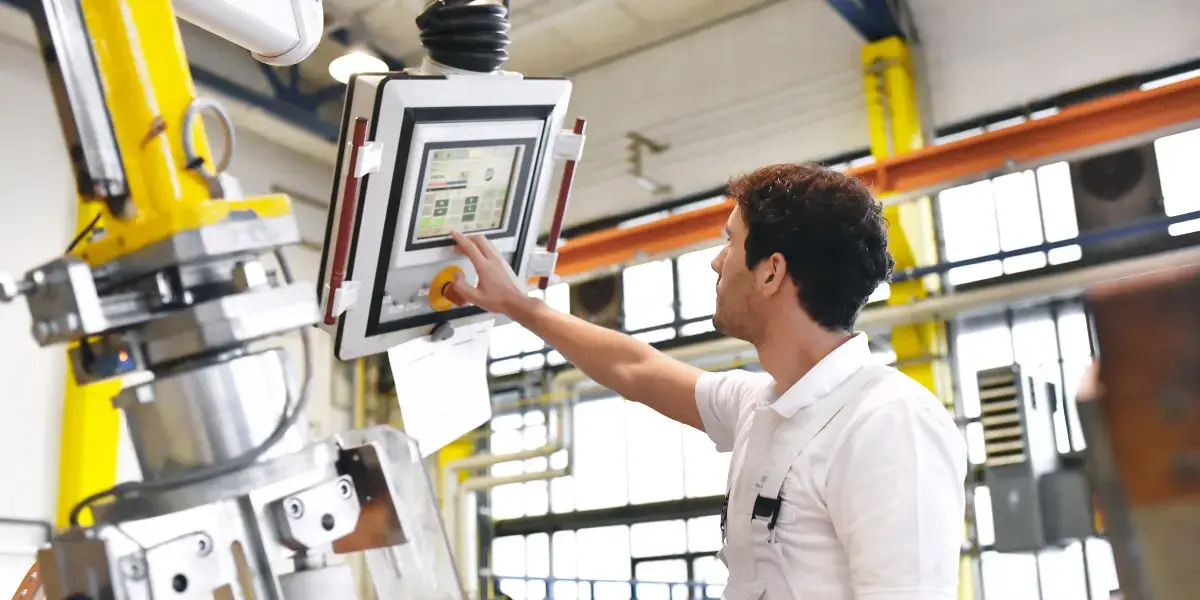Control System Modernizations: Is It Time for an Upgrade?
Average Downtime Costs - Industry surveys have shown that the average cost of a downtime incident is approximately $17,000 to $22,000 per minute equaling around $1.3 million per hour.
The manufacturer needed a plan to replace the obsolete drives and migrate to current, more reliable and easily available VFDs.
Migrations Start with a Risk Evaluation
The first step in deciding the right time for an obsolete technology upgrade is to conduct a risk evaluation. This involves assessing the facility’s potential level of risk based on the following criteria:
- How many control panels are involved?
- How many outdated drives and PLCs are in each cabinet?
- Do you have replacements for all of the outdated hardware?
- What is your current level of disruptive downtime caused by obsolete hardware failure?
- What is the cost of the downtime? This is usually calculated by the amount of lost production time X number of lost units X the cost per unit.
The manufacturer’s approach was to upgrade the obsolete drives line-by-line in the facilities that were the easiest to upgrade. Even though the project sounds simple and straightforward, the largest plant in the overall project had 83 Variable Frequency Drives on a single line - a high risk undertaking. To reduce risk further, with Polytron’s help, the manufacturer evaluated its facilities and chose the lines to be upgraded that did not pose special upgrade issues.
How and when to shut down the lines was factored into the risk level of the project. The company’s facilities operated on a six-to-seven day production schedule, and the upgrade of the lines required a three-to-four day production shutdown. This project timeline allowed the control system modernization to be conducted over a weekend. The old drives being replaced would then be refurbished and warehoused for spares for other facilities not targeted for an upgrade. While this is a common approach to the issue in today’s market, a high demand for end-of-life spares rapidly depletes a used part supply.
A Migration Strategy
In preparation for each line upgrade, Polytron followed a proven plan for success:
- Polytron secured and reviewed the control system drawings and Programmable Logic Controller (PLC) programs for the line.
- The parameter of the Variable Frequency Drives (VFDs), such as speed, acceleration and deceleration times, and other operating parameters were recorded to ensure the new VFDs would operate within the same parameters as the current drives being replaced. This is a critical best practice to reduce the risk when resuming production.
- The Polytron team then conducted an inventory of the drives in the control panel, capturing the part number, wiring schema, and the function for each drive.
- The drawings were then updated with the new VFDs, communications, and wiring schema.
- Polytron ordered the new drives and materials needed for the upgrade.
- A communication gateway PLC was also ordered to communicate between the existing equipment and the new VFDs. A communication gateway is frequently required in control system modernization projects because of the age of the existing equipment. As new technology is added to the existing control systems, translation devices must be used to ensure clear communication channels with the production line.
Lowered Downtime Risk
Our successful migration model is currently being repeated line-by-line across multiple facilities as selected by the manufacturer. The most significant business objective was accomplished - minimize the risk of increasing downtime due to the lack of vendor supported hardware. The project alleviated this risk by not only upgrading and replacing the obsolete hardware, but also created a spare parts inventory for other facilities not targeted for a Control System Modernization project.
Is your plant running on borrowed time? Read our case study


